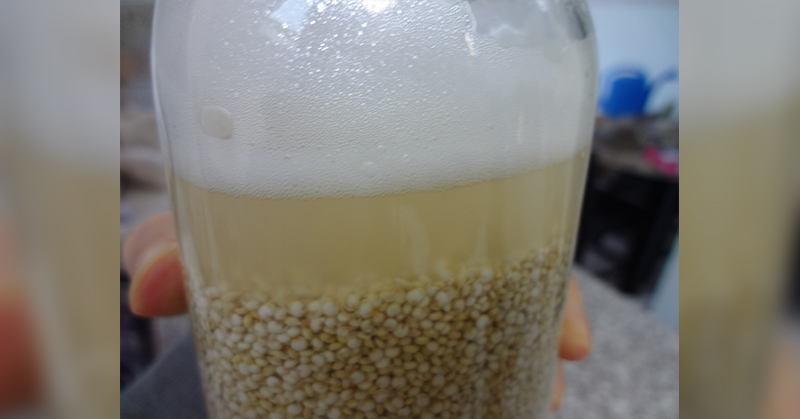Quinoa is a vegetable similar to spinach and beets and is extremely rich in nutrients. It actually contains a very rare vegetable-sourced complete protein with all 9 essential amino acids.
It has been a staple in South America for over four millennia, and it is loaded with minerals, nutrients, vitamins, protein, and fiber, low in fat, and has a low glycemic index.
It is actually not a grain, but it has been known as “chisaya mama,” or “the mother of all grains.” Interestingly, it thrives during a long hot summer and it is harvested just before the cold winter months, when we need more fats and protein.
It is rich in oleic acid, which is a monounsaturated fat that supports heart health, as well as (ALA) alpha-linolenic acid, which is a healthy omega-3 fatty acid. These beneficial fats remain stable and cooking does not oxidize them.
Quinoa is also richer in fat than wheat and other grasses, and contains high amounts of alpha, beta and gamma forms of vitamin E, polyphenols, and flavonoids such as quercetin that prolongs its shelf life, and prevents the rancidity of the seed due to heat.
Since it is a low-glycemic food, it regulates blood sugar.
Namely, it exerts little blood sugar stress on the body, but also slows down the absorption of other sugars from the digestive tract into the bloodstream, due to the high fiber content. Researchers have found that when it comes to regulating blood sugar and body weight, it is better than 10 other Peruvian grains.
Its high magnesium content regulates blood sugar and blood pressure too.
Quinoa provides a feeling of satiety and fullness, and is even more effective than wheat or rice, according to the Satiating Efficiency Index (SEI).
During the fall and winter, quinoa is an extremely beneficial food as it is full of vitamins, minerals, fiber, heart-healthy fats, and protein.
Here is how to cook it:
The skin of its seed has a bitter taste, so wash it away and strain. Then, pour 2 cups of water over a cup of quinoa seeds, and boil. Cover it, reduce the heat, and leave it to simmer for 15 minutes.
Strain again through a fine strainer, and transfer it to a warm pot. Leave it aside for 15 minutes, and you will get light, fluffy quinoa.
Enjoy!
Source: theheartysoul.com
